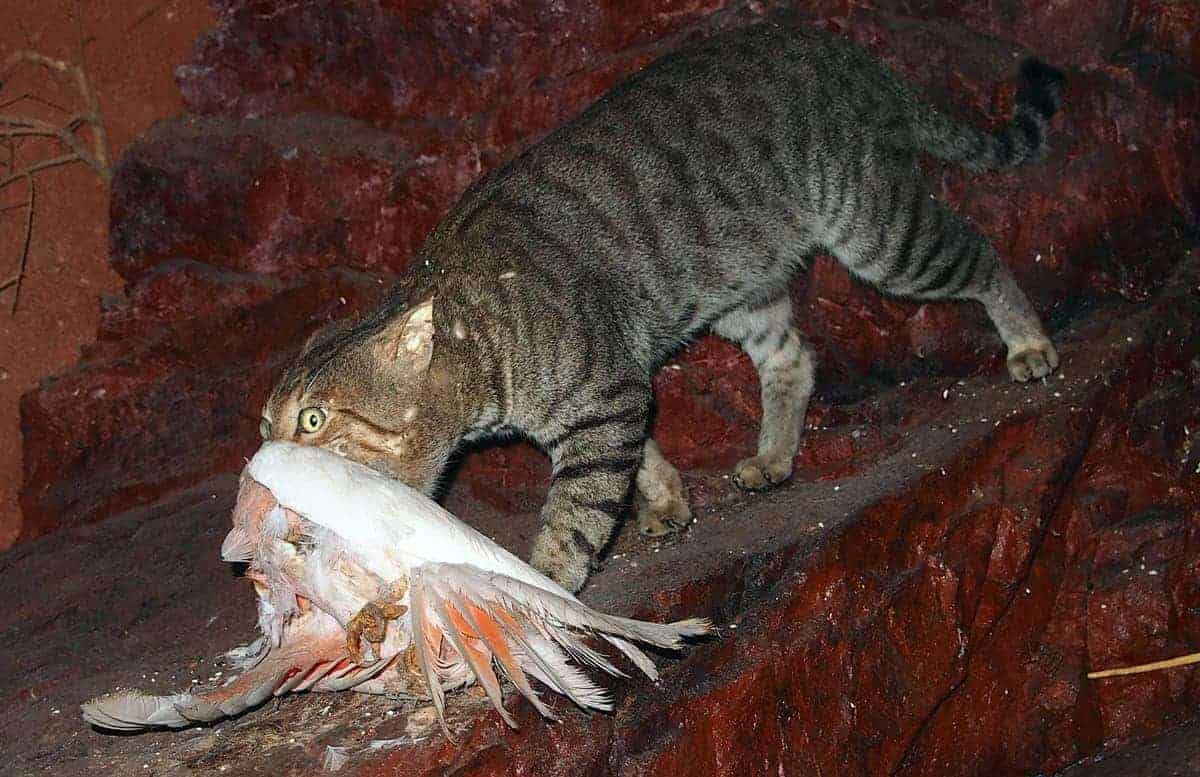In NSW alone weeds pose a threat to nearly half of state’s threatened species, with about two thirds of them escaped garden plant varieties, almost a half of which are still available for sale.
Weeds also threaten the majority of Australia’s endangered ecological communities.
While thousands of Australians give up their time weeding their local bushland, many of those same weeds continue to be sold and planted in gardens.
That’s why the Invasive Species Council is pushing for much stronger regulation of invasive plants and the listing of escaped garden plants as a key threatening process under federal environmental law.
With no regulation of the majority of invasive or potentially invasive plants in Australia the damage bill from escaped escaped garden plants will continue to grow.
Southeast Queensland
The problem has reached epidemic proportions in southeast Queensland, with the area’s top five weed invaders all being escaped garden plants. They are:
- Lantana (Lantana camara)
- Groundsel bush (Baccharis halimifolia)
- Mother of millions (Bryophyllum delagoense)
- Cat’s claw creeper (Macfadyena unguis-cati)
- Madeira vine (Anredera cordifolia)
Kangaroo Island
Two of the five most serious and widespread weeds on Kangaroo Island roadsides are escaped garden plants: bridal creeper (Myrsiphyllum asparagoides) and bridal veil (Myrsiphyllum declinatum).
The Biodiversity Plan for Kangaroo Island notes that all five of the weeds “are capable of totally replacing native ground flora, and have already done so on many roadsides on the island.”
Norfolk Island Exotic
Invasive weeds are one of the greatest dangers facing threatened species on both Norfolk Island and Philip Island.
The most significant weeds include eight escaped garden plants:
- Red Guava (Psidium cattleianum var. cattleianum)
- African Olive (Olea europaea subsp. africana)
- Broad leaf pepper tree (Schinus terebinthifolius)
- Lantana (Lantana camara)
- Mist flower (Ageratina riparia)
- Formosan Lily (Lilium formosanum)
- Bleeding Heart (Homolanthus populifolius);
- Morning Glory (Ipomoea cairica)
Forty six of Norfolk Island’s plant species are listed as threatened under the EPBC Act, 11 of which are critically endangered.
According to the Director of National Parks, woody weeds (guava, African olive and broad leaf pepper tree) dominate large parts of the national park and botanic gardens that harbour many of the threatened species, and “would destroy most Park and Botanic Garden values” if not controlled.
Read our submission









